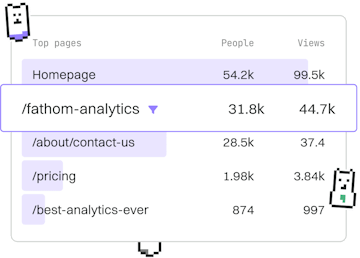Basics
Go Errors
Handling Go Errors
Go errors use error interface with explicit error checking.
Introduction to Go Errors
In Go, error handling is an essential part of programming. Go uses a simple but effective approach towards errors by implementing an error interface. This interface requires explicit error checking, allowing developers to handle errors gracefully and efficiently.
Understanding the Error Interface
The error interface in Go is a built-in interface that provides a method, Error(), which returns a string. This string usually contains a description of the error.
Here is the definition of the error interface:
Creating and Using Errors
Errors in Go can be created using the errors.New function from the errors package or the fmt.Errorf function, which provides formatted error strings.
Explicit Error Checking
In Go, it is common to return errors from functions to signal any issues. This requires explicit checking of the error value. The idiomatic approach is to return an error as the last return value from a function.
Handling Errors Effectively
Handling errors appropriately is crucial in Go programming. Depending on the error, you might choose to log it, return it to the caller, or handle it directly within the function. It's often useful to use the log package for logging errors.
Conclusion
Error handling is a fundamental part of Go programming. By using the error interface and explicit error checking, developers can create robust and reliable applications. Understanding how to effectively create, check, and handle errors will enhance your ability to write efficient Go code.
